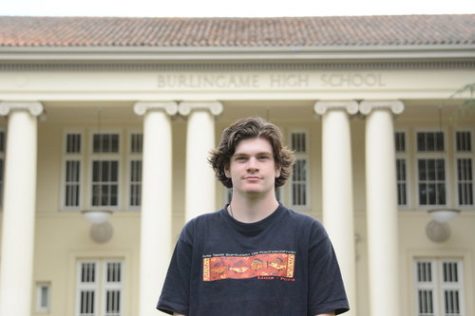High speed rail causes controversy
May 22, 2019
The San Francisco to Los Angeles high-speed railroad, a railroad going from Silicon Valley to San Joaquin Valley, was funded by a $9 billion bond approved by voters in November 2008. The project, introduced by former Gov. Arnold Schwarzenegger, has faced scrutiny due to higher-than-anticipated costs and longer-than-anticipated construction time. Construction originally began in 2015 and was scheduled to be completed by 2022. However, the expected completion was pushed back to 2029 because costs have exceeded the $9 billion raised by the bond, and the legislature was unable to gain additional funding for the project. The cost exceeded the initial projections due to unforeseen strict construction requirements. Such regulations include noise levels not exceeding 96 decibels, the majority of train sets must be made in America, and each train must have earthquake safety systems in place.
The high-speed railroad could impact students and local residents by improving the transportation between the two major cities in California.
“I feel that there is currently a lot of transportation between Los Angeles and San Francisco to begin with, and to go to and from either city is done mainly by plane or by driving, with neither one being very desirable,” junior Julian Dobson said. “It would just be a good alternative, and I have lots of family in Los Angeles, so it is very practical.”
The high-speed rail road is designed to operate at 200 miles per hour, and perhaps even faster. Consequently, some residents are concerned that the high-speed rail road will be noisy to the extent that it is disruptive. Dobson, however, disagreed with this concern.









































